The possible structural calculations according to the geometrically linear or the second-order analysis is decided by the critical load factor of the entire system, among other things. This can be determined in the RF‑STABILITY add-on module.
Define a load situation in the add-on module and start the eigenvalue analysis. The possible structural calculations according to the geometrically linear or the second-order analysis is decided by the critical load factor of the entire system, among other things.
Based on the results of the linear static analysis, you can determine this in the RF‑STABILITY (or RSBUCK) add-on module.
Define the initial situation in the add-on module and start the eigenvalue analysis.
For elastic calculations, the critical load factors of less than 10 indicate the structures susceptible to deformation, for which the influences from the second-order analysis must be taken into account.
Use RF‑STABILITY to determine the first global mode shape of your structure and to generate a pre-deformed equivalent model in the RF‑IMP (or RSIMP) add-on module. You can also create the equivalent imperfections for the buckling shape.
To do this, select the members and sets of members in the structure to which the imperfections are to be applied, and determine the size of the imperfections manually or by selecting the applicable standard, such as Eurocode 2 and Eurocode 3. Export these inclinations and precamber to separate load cases and consider them in the further calculation according to the second-order analysis.
Another approach is the structural design using the equivalent member method, taking into account the effective lengths. You can also determine these in RF‑STABILITY. Local buckling shapes in your structure provide the information about the buckling behavior of the individual structural components. Effective lengths are displayed in tabular form in the add-on module and can be considered for possible design in other add-on modules, such as RF‑/STEEL EC3 or RF‑/ALUMINUM.








.png?mw=350&hash=c6c25b135ffd26af9cd48d77813d2ba5853f936c)















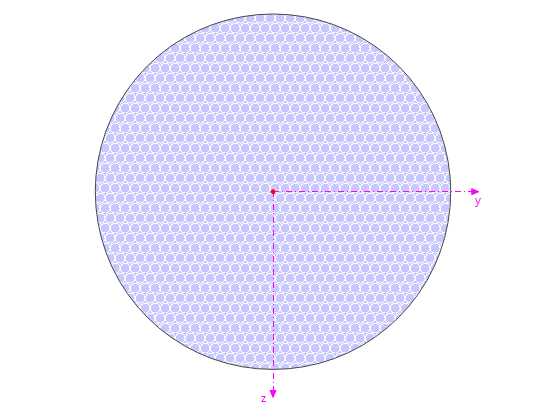
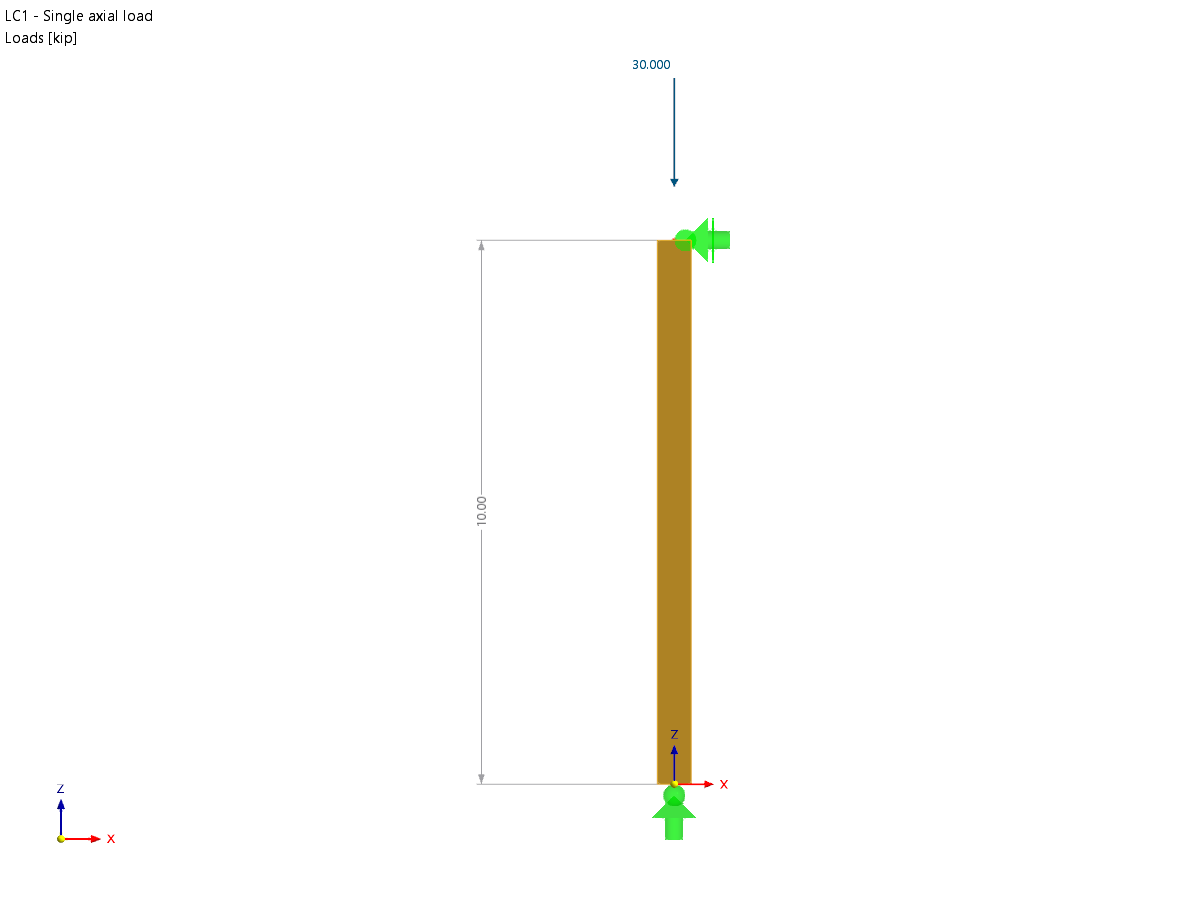

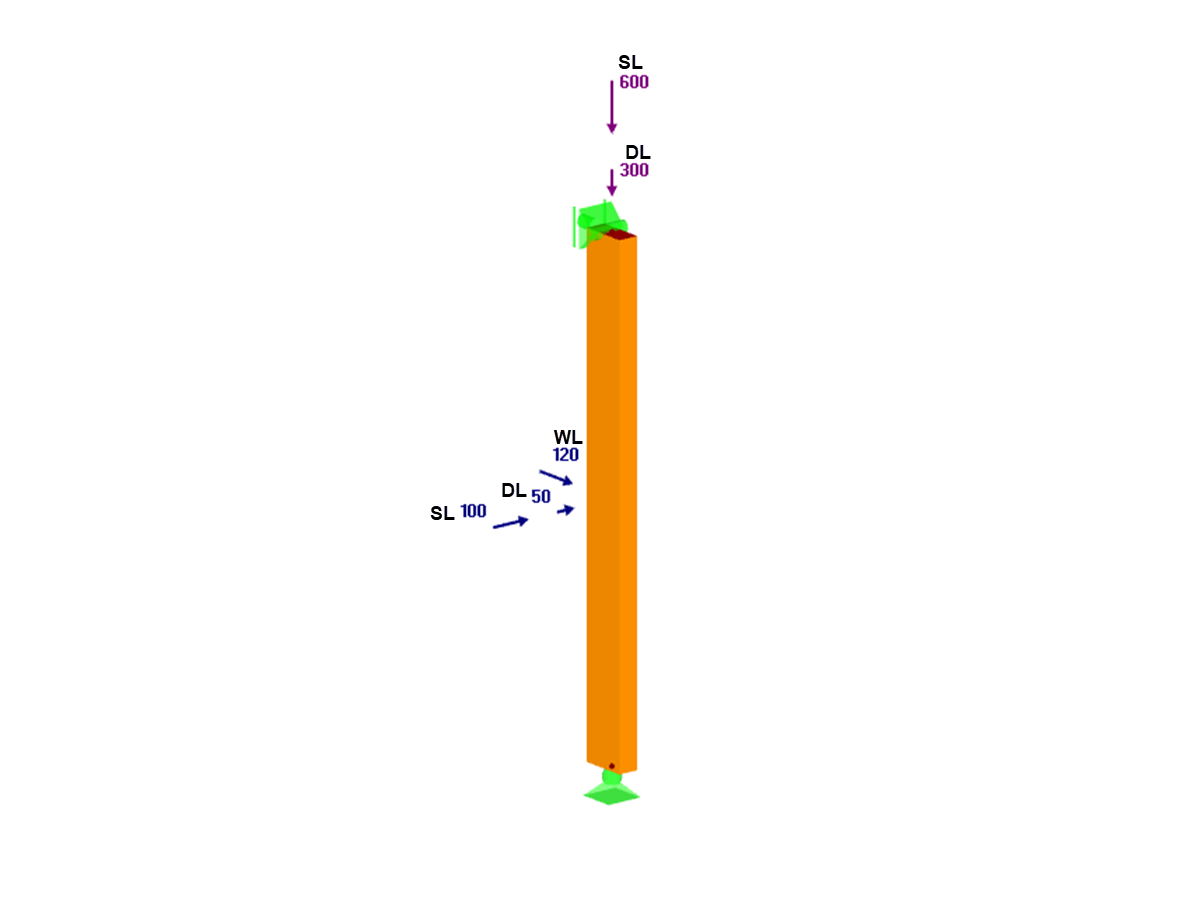










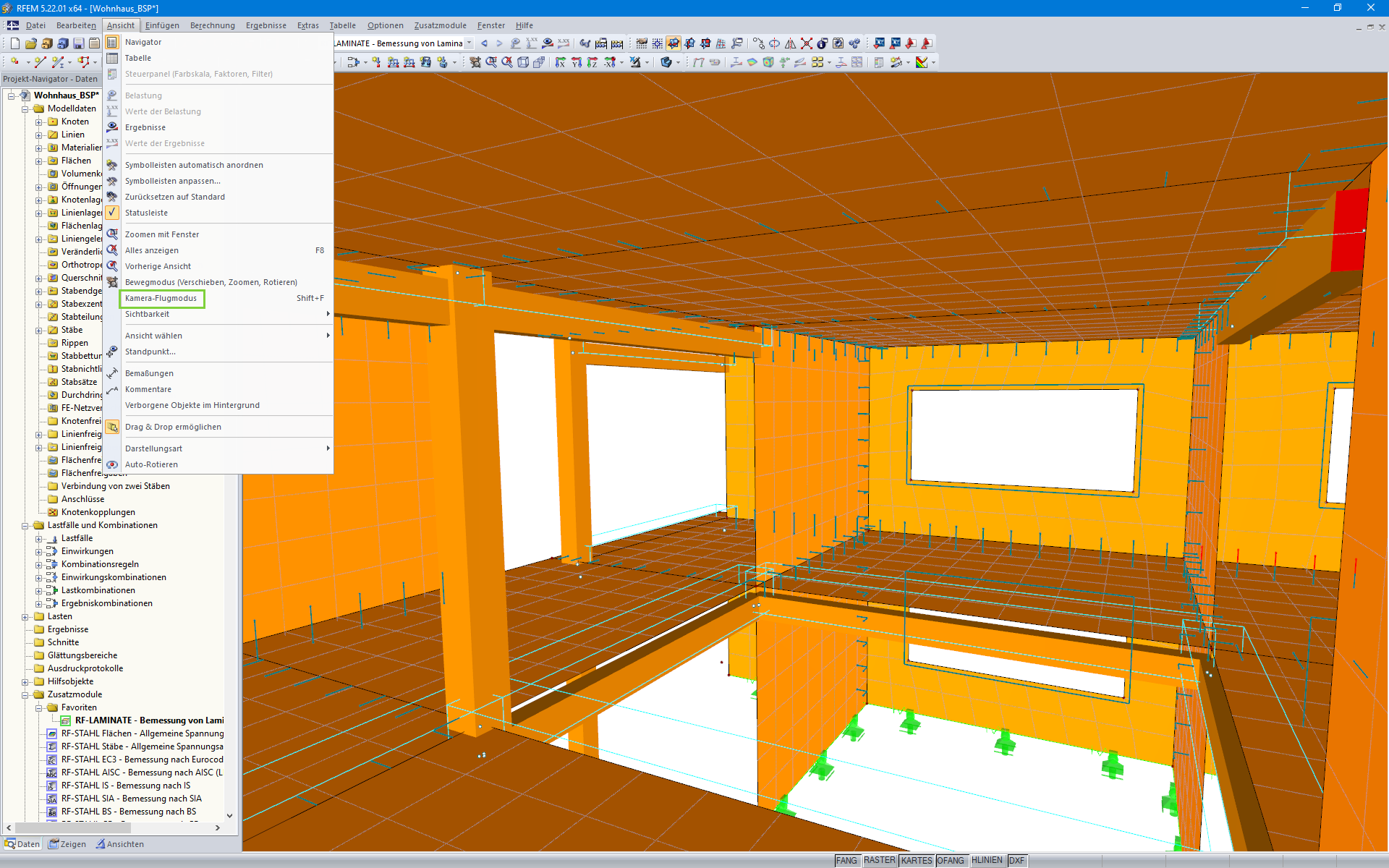
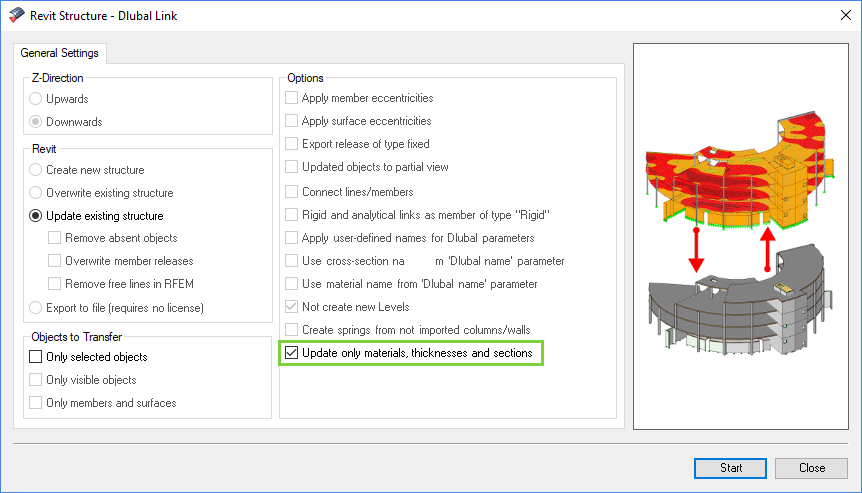
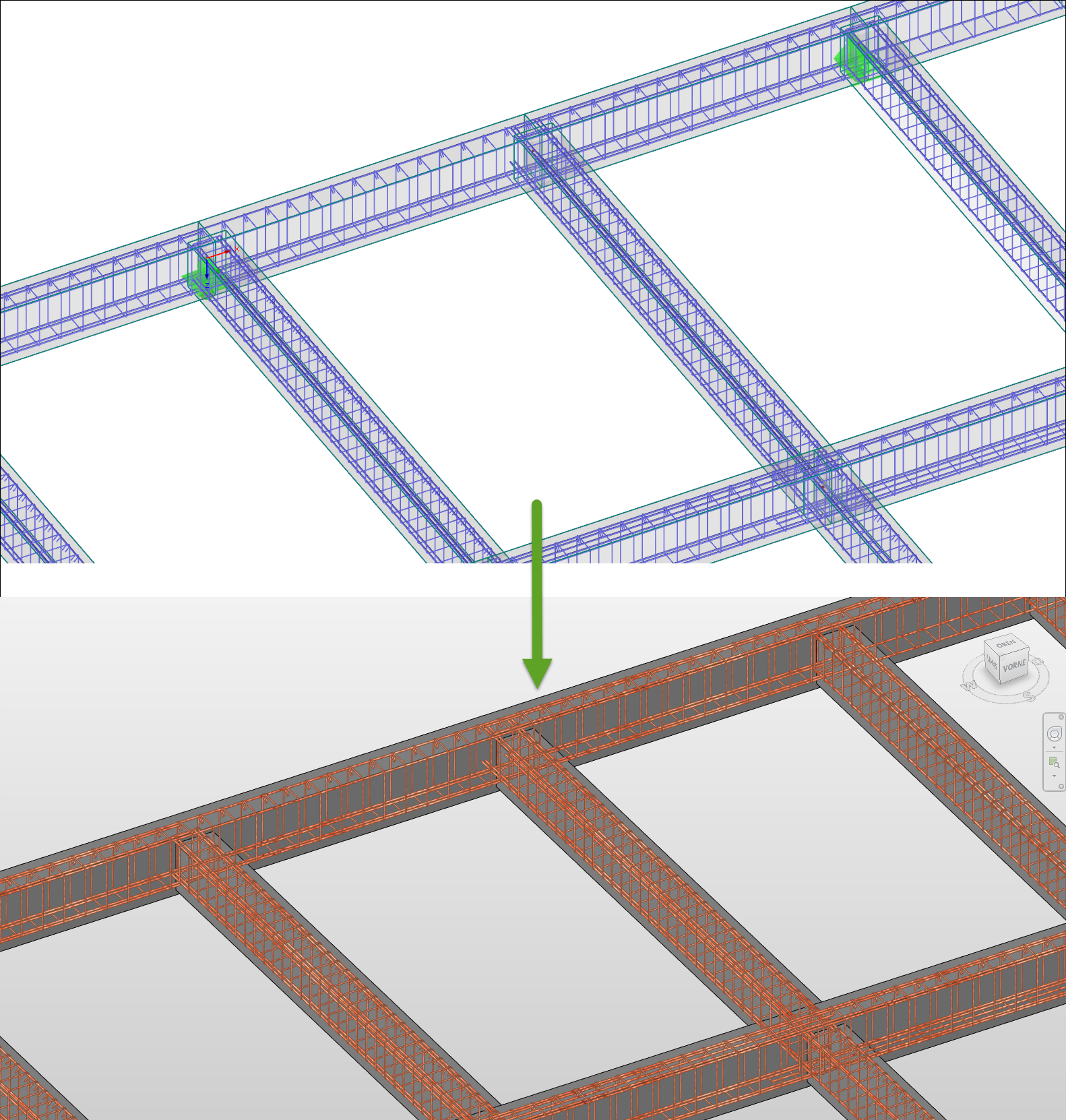








_1.jpg?mw=350&hash=ab2086621f4e50c8c8fb8f3c211a22bc246e0552)